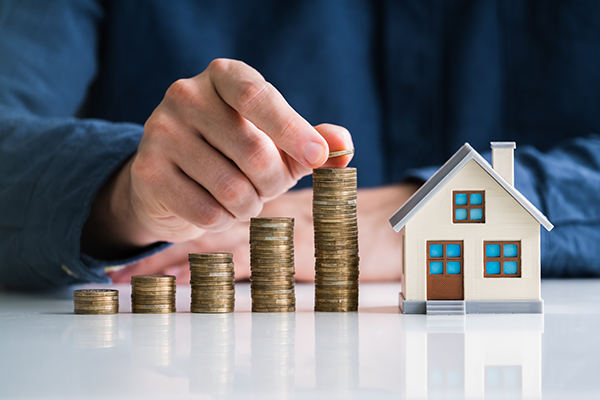
How to add value to your home
Adding value to your home is straightforward. Making money often involves spending money when it comes to investments, and your home is no different! Whether you are looking for a quick flip or a total revamp, it’s important to make the right choices.
Below, we discuss the best ways to add real value to your home...
A few ground rules
Do not overspend! Make sure your changes are impactful and necessary. If a refurbishment adds to the quality of your living space, then do it, just don’t get carried away.
Be resourceful, shop around conduct plenty of research. Don’t just sign on the dotted line in a branded store, consider independent tradespeople to carry out the work, they may do a better job for less.
Kitchen or bathroom?
If the kitchen is in good shape but the bathroom is crying out to be replaced, then you may get more for your money by choosing a bathroom renovation.
It could be that you need to do both the kitchen and the bathroom, arguably the two most impactful, important and costly rooms in the house.
A new bathroom can add up to 5% to the value of your house while a new kitchen can add up to 15%, do the maths and see what you can reasonably spend. Then, enjoy the quality of new tiles, colours, materials, and cabinets with a new space-altering layout.
Loft conversions
Loft conversion can add between 10 – 20% to the value of your home, but be warned this is not an easy task. Firstly, check if you can convert your loft, beam heights are critical here, so you will need to get a reputable builder to give a good appraisal. There is lots of red tape involved in creating a new bedroom, office or bathroom in your loft. The good news is that this is often much cheaper than adding an extension to your property.
Garden and outdoor living spaces
A nice garden with outdoor living space is almost like adding another room to your house. Be careful, a few shrubs and trees with maybe some decking and already you have spent thousands. Perhaps not as guaranteed to add the same levels of added value to your home as other areas but still worth doing and will complement the entire living experience of your home. Bifold doors removing the traditional boundaries between an indoor and outdoor living will enhance this further.
Energy efficiency
A new heating system is not a massive investment and will save money on energy bills and easily add more than the cost of replacing the system, while not putting potential buyers off with the prospect of replacing the boiler.
Solar panels are becoming increasingly popular. It’s an attractive proposition, particularly in today’s climate; to be self-sufficient when it comes to producing electricity. In some cases, you may even be able to supply the local electricity board and get paid! Lower your carbon footprint or consider running your car to gain more savings.
The little things you can do
Sand and paint internal and external doors and skirting.
Check out your floorboards, in older houses often these can be sanded and varnished and will look beautiful on completion.
If you can’t afford to replace tiles and cabinets, consider painting them.
Improve or replace lighting and light fittings.
Sort any damp problems.
Replace carpets or old laminate.
Bad bathroom grouting often brings the value of a home down far more than the relatively low cost of getting it sorted.
Check the guttering.
Replace windows and doors.
Paint and decorate the internal walls and remember, if you are selling soon, use safe, neutral colours.
It’s all good
Whatever you decide to do, all these measures, and any you think of on the way, will add value to your home in more ways than one!
Just finished your home refurbishment, wondering what it’s now worth? Get a valuation for your next move.
